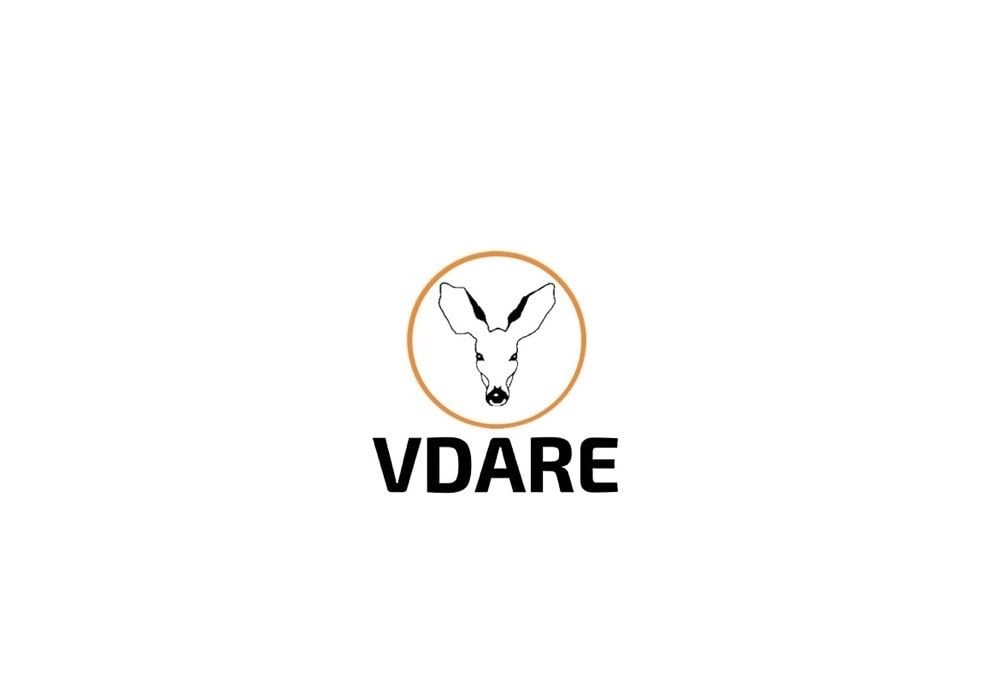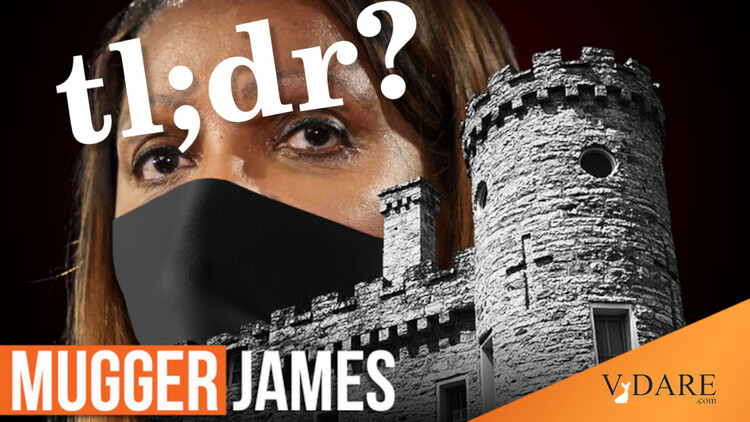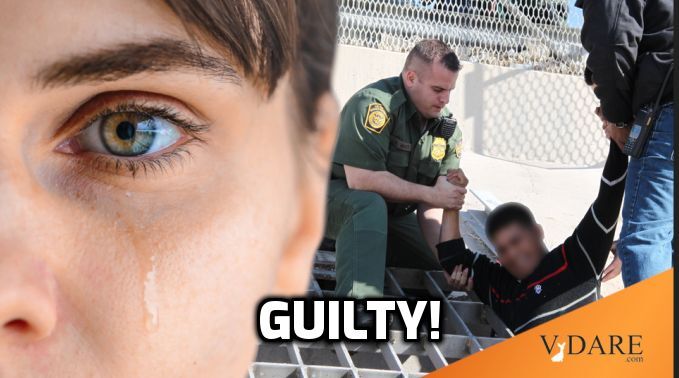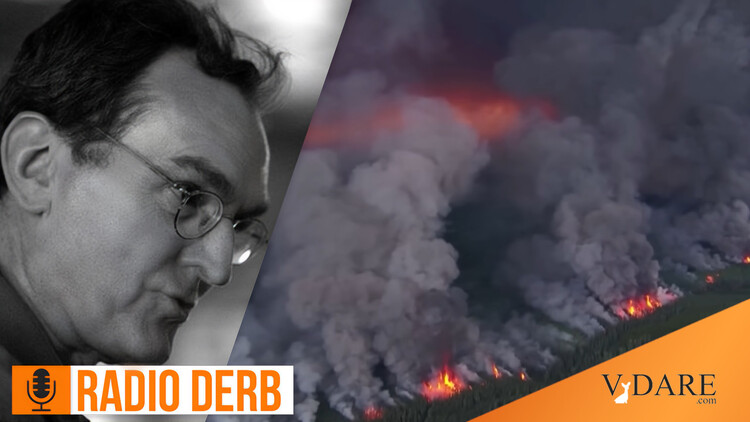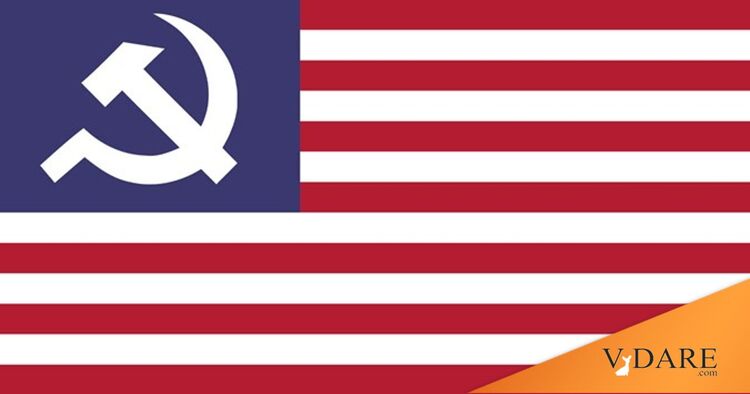From The Guardian:
Some Californians have found a new drought scapegoat: immigrationAs somebody who lives in the the flatlands over the mountains from Beverly Hills, I’m struck by how many people, such as this Guardian reporter, assume unthinkingly that Beverly Hills residents and immigrants are antonyms.Group called Californians for Population Stabilization says it’s a matter of simple mathematics, with 10 million more people living in the state than 25 years ago
Andrew Gumbel in Los Angeles Tuesday 26 May 2015 18.34
Some people blame California’s enduring drought on the nut farmers. Others vent against those in Beverly Hills, who keep their estates green while neighbours in the flatlands turn off sprinklers under threat of heavy fines.
Now comes the latest, perhaps inevitable, scapegoat: immigration.
But the Census Bureau reports that 37.4% of the residents of Beverly Hills are foreign born.
I guess we’re all supposed to have been programmed to believe that immigrants are necessarily “huddled masses,” which doesn’t fit well in our heads with living large in Beverly Hills.
But if you grew up anywhere within 20 miles of Beverly Hills, you’d have started noticing the place filling up with immigrants right after OPEC raised oil prices in 1973. Persians and Arabs who had gotten rich back home — let’s not ask how — were appearing in large numbers by 40 years ago. Rodeo Drive leapt up into the stratosphere of luxury with some of the impetus coming from crazy shopkeepers like new immigrant Bijan of Beverly Hills.
It’s really hard to be aware of patterns that your ideology doesn’t encourage you to regard.
The Jewish Journal of Los Angeles has eye-opening articles on the subject, such as:
Is Your School Too Persian? Is Beverly Hills Too Jewish?And here’s one from The Forward by a Persian Jewish Beverly Hills lady about how Beverly Hills was a boring white bread (excuse me, “cream cheese”) Ashkenazi place until her vibrant relatives arrived:by Dr. Afshine Emrani May 14, 2014 | 7:09 am
Here’s where the conversation starts, not ends.
There is an open wound that is infecting all Jews in Los Angeles. While across the street UCLA students are battling rampant anti-Semitism, at many of our temples and schools, we are facing anti-Persian bigotry. “This school is way too Persian. I wouldn’t send my kids there.” Chances are, if you are not Persian you have whispered this.
With the growing and dominant Persian culture in Los Angeles, this week, Sinai Akiba Academy ran a bold ad in the back of The Jewish Journal entitled “”Too Persian.” Looks awful in print? It sounds worse in a whisper.” This ad is a product of some six months of deliberation and committee meetings made up of both Persian and Ashkenazi members to combat a growing prejudice. However, some Persians are upset over this ad. I wonder if those angry have not read past the title.
… I often wonder if there were a Chinese revolution and all Chinese Jews came over to Nessah Israel (a prominent Persian Temple in Beverly Hills) would the Persians there be as gracious as the Ashkenazis have been to us? And what if the Chinese Jews dominated Sinai Temple?
These are important questions to address. They are not meant to be derogatory, nor humorous. Some believe that we should ignore the problem and it will go away. Others create major divides. But a wound is not cured by being ignored. An infection needs demarcation, treatment. Talking about an abstract concept of diversity and tolerance does very little. We need to bring to surface concrete issues. Here’s where the conversation starts, not ends. …
As a culture, we Persians can be overwhelming. Many of us feel that our status, jobs, finances entitle us to everything. We speak Farsi around those who don’t understand us. We, too, whisper about the “White” Americans. …
A large part of sending our kids to a private Jewish school is for the friends they keep. But what example do we set when Persian children don’t attend Ashkenazi birthday parties or vice versa? To be sure, there are many Persians that don’t want to go to schools that have too many Persians. There are Persians who are upset that their children cannot get into Pressman because “they only take Americans.” There are Persians and Ashkenazis that would prefer to go to non-Jewish private schools to avoid Persians.
How Iranian Jews Shaped Modern Los AngelesThe mid-1970s was before busing of blacks into public schools in Jewish neighborhoods. Iranian Jews didn’t have all that much to do with subsequent Jewish Flight from newly integrated schools other than they didn’t feel any guilt about making sure their kids didn’t go to school with the black masses.Gina Nahai November 4, 2014
In no time at all, we went from being unknown to notorious.When I moved to Los Angeles in August 1977, perfectly intelligent, well-meaning Americans would ask me if we had roads and automobiles in Tehran, or if I had taken a camel to elementary school every day. The ones who did know Iran wanted to talk only about the ruins in Persepolis or Queen Farah’s jewels. Most people just couldn’t tell Iran from Iraq, Arab from Iranian, Shiite from Sunni. And they certainly couldn’t fathom such a thing as an Iranian Jew.
Oh, what a difference a year can make. By the summer of 1978, the high-rise condominium buildings in Westwood were filled to capacity with Iranians, and the kosher businesses in Pico-Robertson were tending to ever-increasing numbers of new customers. You would think this was a good thing.
Say what you will (and believe me, people do ) about the way Iranian Jews have changed the social and economic landscape of Los Angeles; the place is a hell of a lot more interesting because of it. I know because I was here for the “before” pictures. My parents had a house in Trousdale since 1976; they had family in Pasadena and Beverly Hills. That’s how I learned about cream cheese, broccoli and “All in the Family” — we spent summers here, watched a lot of TV, and ate McDonalds a few times a week.
Before the Iranians came, Beverly Hills was a sleepy little village populated by cranky Eastern European Jews and polyester-clad Episcopalians from the Midwest. Hollywood was an embarrassing slum. Santa Monica was a communist enclave, downtown one large skid row. The food was rich, heavy and unsophisticated, fancy department stores catered to 80-year-olds, and you couldn’t breathe the air without risking lung cancer on any day of the week.
We can’t take credit for cleaning up the air, but with everything else, the sudden rush of a largely educated, well-off, and worldly people was a spark that lit up the region with much needed verve and color. The Muslims, who far outnumbered other Iranian immigrants, scattered across the state, from San Diego to Irvine to Palo Alto, from JPL to Google. The Armenians rebuilt Glendale. But, as for the Jews…
Not that the Ashkenazim see it this way, but Iranian Jews just about saved Jewish LA from the slow, quiet decline into which it had been pushed by increasing assimilation and growing indifference on the part of younger generations. In the early and mid-1970s in LA, the major synagogues on the West Side and in the Valley were beset by shrinking memberships, their day schools half full
; Shabbat dinner was something you ate at Junior’s Deli on Pico or Nate ’n’ Al’s on Beverly Drive, and you had to be seriously observant to fast on Yom Kippur or eschew leavened bread on Passover. I exaggerate, of course, though not by much. And I generalize, but only to make a point.… It saved us once and for all from an existence that had been precarious from the start and remained so, even during the best of times — the reign of Muhammad Reza Shah Pahlavi — because even then, we were dependent for our safety on the good graces of one man. The Iranian Jewish migration came at an exorbitant cost — emotional and otherwise — to the first generation, and though that’s not to be taken lightly, in the long run we are all better off for it.
For us it was a blessing in disguise. We would hear many Ashkenazim say:
There’s too many of them, they have too many relatives, their kids are spoiled, their wives too entitled, the men are too competitive in business, they’re all looking for a bargain and when they get one, they ask for even bigger discounts and concessions.
There’s too many of them and they’ve taken over Beverly Hills and Brentwood and Encino and Sherman Oaks and all the schools and synagogues, they turn up in the hundreds every time one of them dies and clog up the parking lot at the mortuary then they sit shiva for a week and receive hundreds more every day and clog up the street with their Bentleys and Maybachs.
There’s too many of them and they know they’re not liked so they pretend they’re anything but Iranian, they started out telling us they were Greek or Italian and some still do but the rest have moved on to claiming they’re Persian as if that’s different, but it’s like saying you served sausage for dinner instead of hotdog.
Note, please, that I said “many,” not “all” Ashkenazim feel this way. I know because they’ve told me, more than once, that this is how they feel. They usually start it with, “Don’t take this the wrong way but…”The fact is, few people like having their backyards suddenly occupied by throngs of strangers, and all the more so if these newcomers look and act like nothing the locals have seen before. In the case of LA’s Iranian Jews, the culture shock to the natives was greater because the newcomers were unlike any previous group of immigrants: They weren’t poor, uneducated, lost and ashamed. If anything, they were too assertive, too proud of their cultural heritage, too determined to remain distinct and separate from the rest.
… And there were more serious grumblings: that Iranian Jews are cunning, sneaky, materialistic, vain, rude, intolerant and unwilling to assimilate.
I will say right now that some of us are those things.
… So Iranians don’t talk about themselves in public unless the news is good, and Americans shy away from going on record with their feelings about Iranians for fear of appearing intolerant. …
“All the trouble in this town started,” an American Jewish woman said to me one night before a packed crowd, “when the Iranians came and started to build those big houses.”
The person who said this was hosting a literary event at which I was the speaker. We were at her house in Brentwood Park, one of those neighborhoods where zoning laws require that every lot be at least an acre in size. The house itself was easily 10,000 square feet. I asked her if it was built by an Iranian. It wasn’t. I asked if Brentwood Park was developed by Iranians. It wasn’t. I asked if it wouldn’t be fair to say that the natives like big houses as much as the newcomers.
“But they’re buying everything up and down the street,” the lady said.
… The truth is, the Ashkenazim and Sephardim who dislike the Iranians do so not because of our differences, but because of our commonalities. We, Jews of all backgrounds, are not the easiest people in the world to live with.
